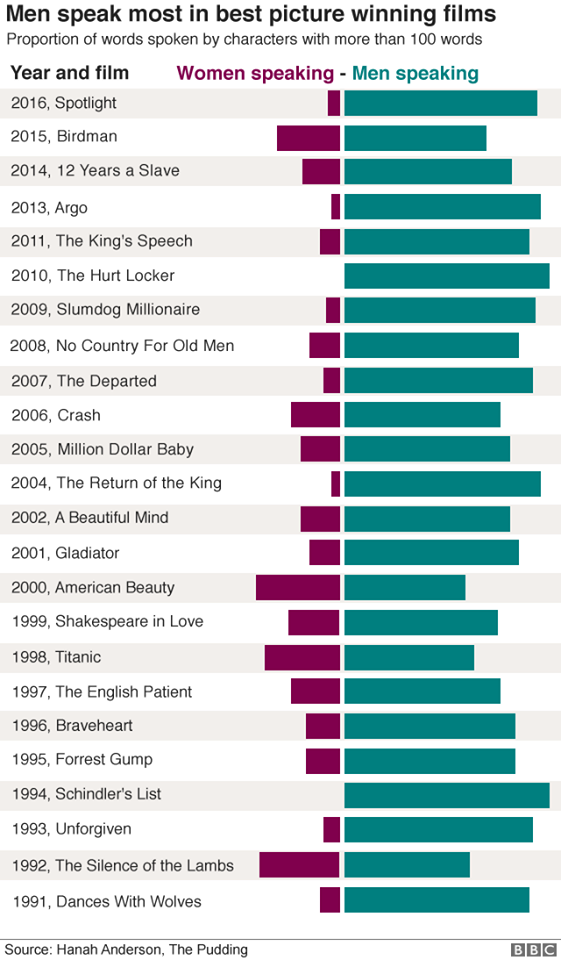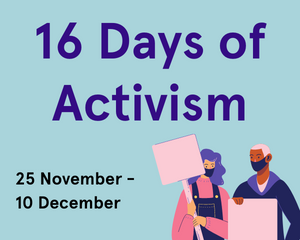Reflect on the last movie or TV show you watched. How many female characters with names were in it? Did they talk to each other? Was it about something other than a man? These questions form the Bechdel Test.
- Watch this clip about the Bechdel Test. Watch a film. Then tell a friend or colleague why you think it did or did not pass the test!
- Take a look at this article exploring how some of our favourite films represent women.
- Read this article about other ways to measure gender bias (and other biases) in film.
- Watch this video about how gender stereotypes in movies and TV affect children and young adults.
How does it help?
The Bechdel Test draws attention to gender bias and sexism in movies and TV. This includes:
- showing few fully formed female characters
- the harmful ways women are often shown.
Many films and TV programs stereotype, sexualise and objectify women. This reinforces gender roles, gender stereotypes and gender inequality. International research shows that gender inequality is the main driver of violence against women.
Keep going!
There are lots of ways you can continue to challenge gender bias in movies and TV:
- Boycott films and TV programs that show gender bias and gender stereotypes.
- Support films made by women and about women.
- Read this report by Screen Australia to learn about gender bias in Australian film and TV. Read about the steps to improve it.
- Sign up to the email bulletins from the Geena Davis Institute on Gender and Media. This will keep you up to date about gender inequality in the media.

Please note that these clips/articles contain information regarding the topics of sexism, gender inequality and violence against women. If you find the information distressing, please click through for information and support on self care. If you or someone you know is experiencing violence, please visit the our help section for further information and support.
